Helping a community of residents shape the future of their housing estate.
Overview
Tustin Estate comprises 526 homes, a primary school, and several commercial units on the Old Kent Road. In 2019, we started an engagement-led project with residents and other stakeholders to explore master planning options for the future of homes on the estate.
Context
Tustin is a 1960’s council estate that had been identified for potential densification with new social housing as well as major renovations. The council were keen that residents led discussions about the future of their homes, and needed a design team that could work effectively with the community while simultaneously developing a feasible site masterplan.
Sector
Housing
Public Sector
Services
Masterplanning, Architecture, Engagement.
The Challenge
Feasibility, master planning and engagement work to help a community of residents decide on options for the future of their estate.
The Outcome
A significant turn out in the final ballot and 86% of residents agreed on a preferred option.

Finding a
foothold
Building
momentum
Listening
to stories
Designing for
Communication
Engagement Strategy
Community engagement is a complex process. Even with the best intentions, it is often poorly managed due to a lack of understanding and care given to the factors that can make it a success. Our approach to engagement based on the four key themes listed above and this case study demonstrates how each was applied in the context of our work for the Tustin Estate.





#1
Finding a Foothold
As outsiders, care is needed to build relationships with a new community, and time is required for trust and participation to grow.
At Tustin, we proposed a permanent engagement hub on the estate to act as a base to run regular events. The space was to double as a community cafe, with project team representatives present every week to give transparency to the design process.
The street presence of a commercial unit on the estate had the benefit of good visibility and access. As shown below, the shopfront would allow project progress to be displayed publicly and a mural was proposed to activate and draw attention to the site.

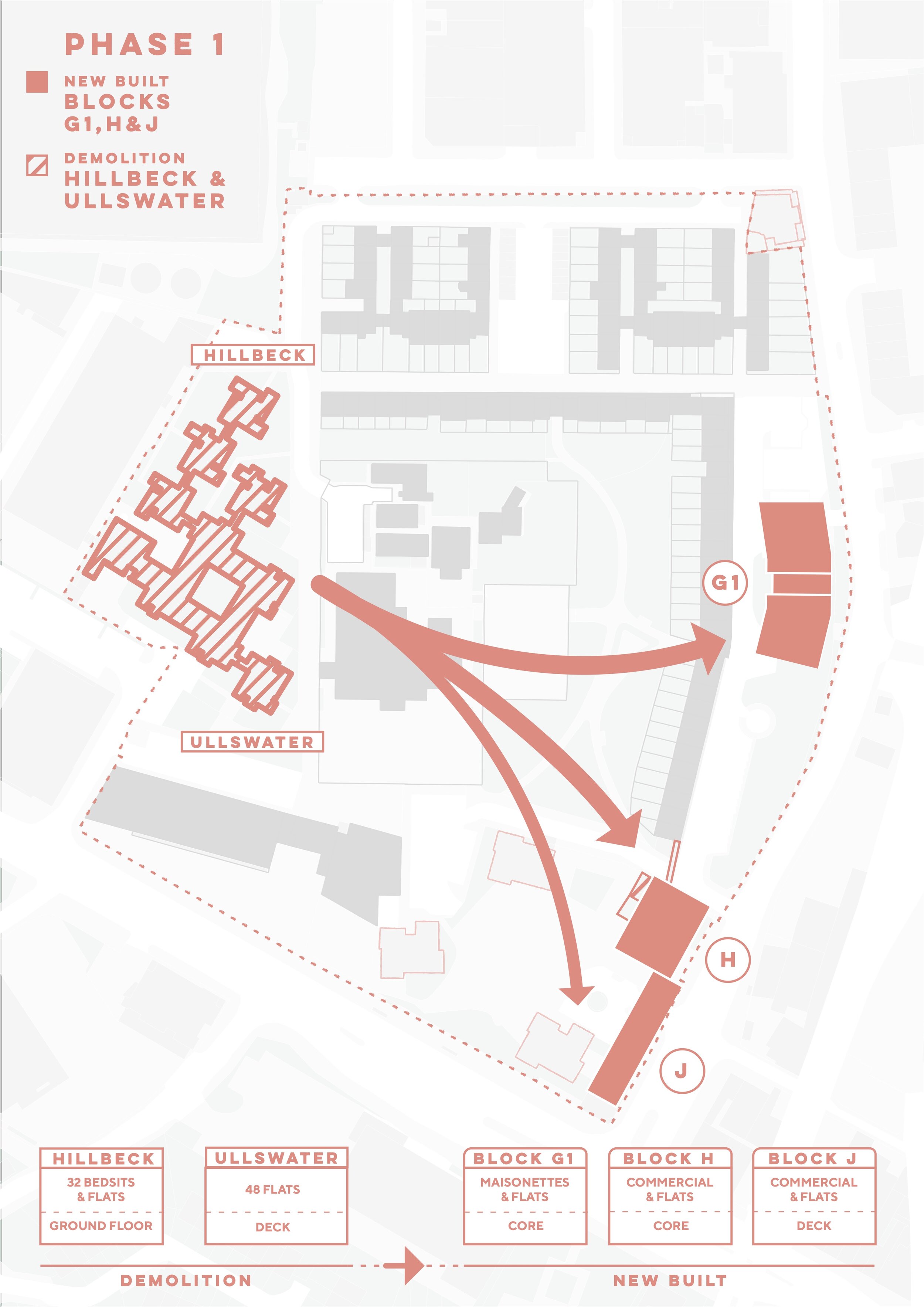



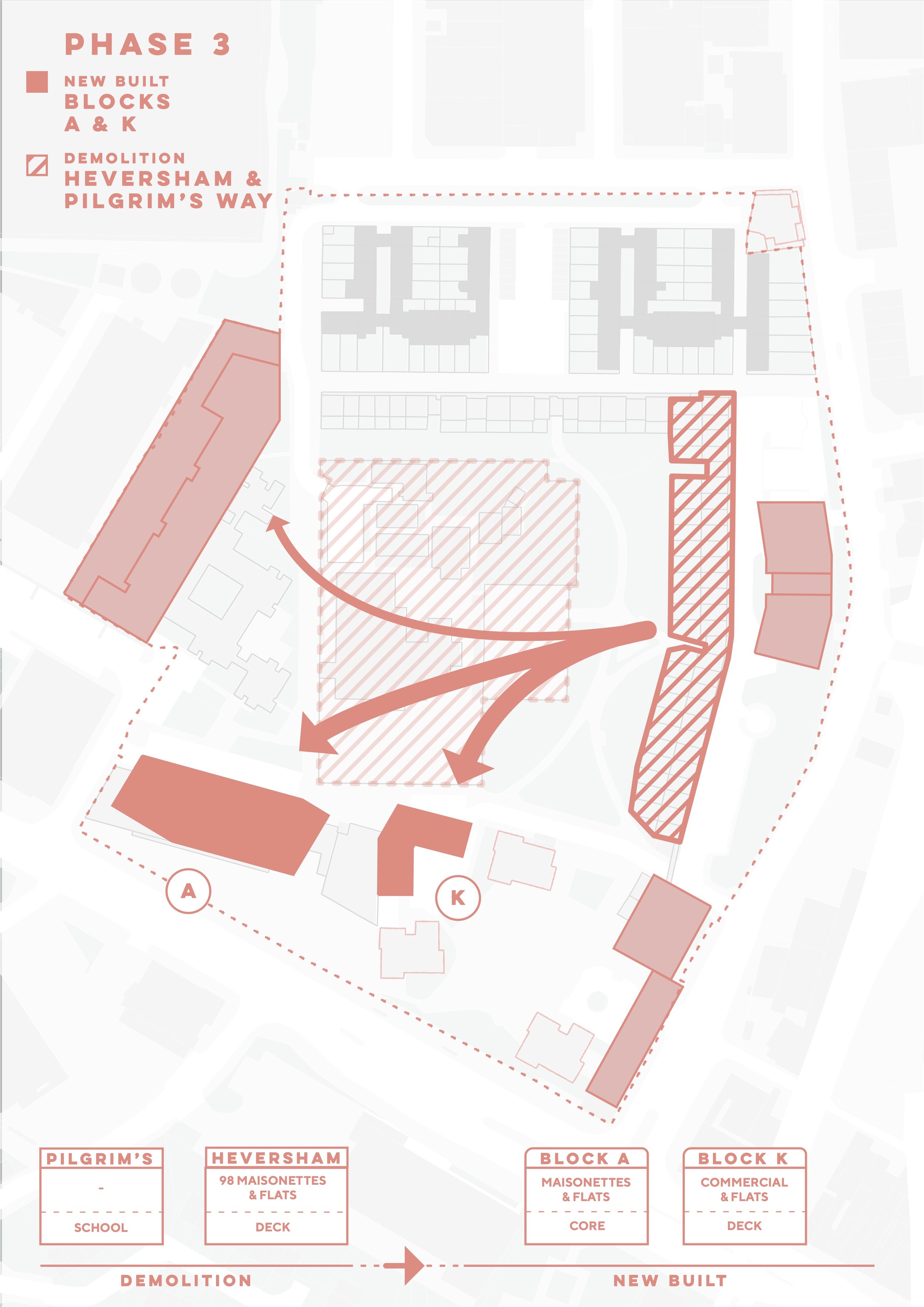
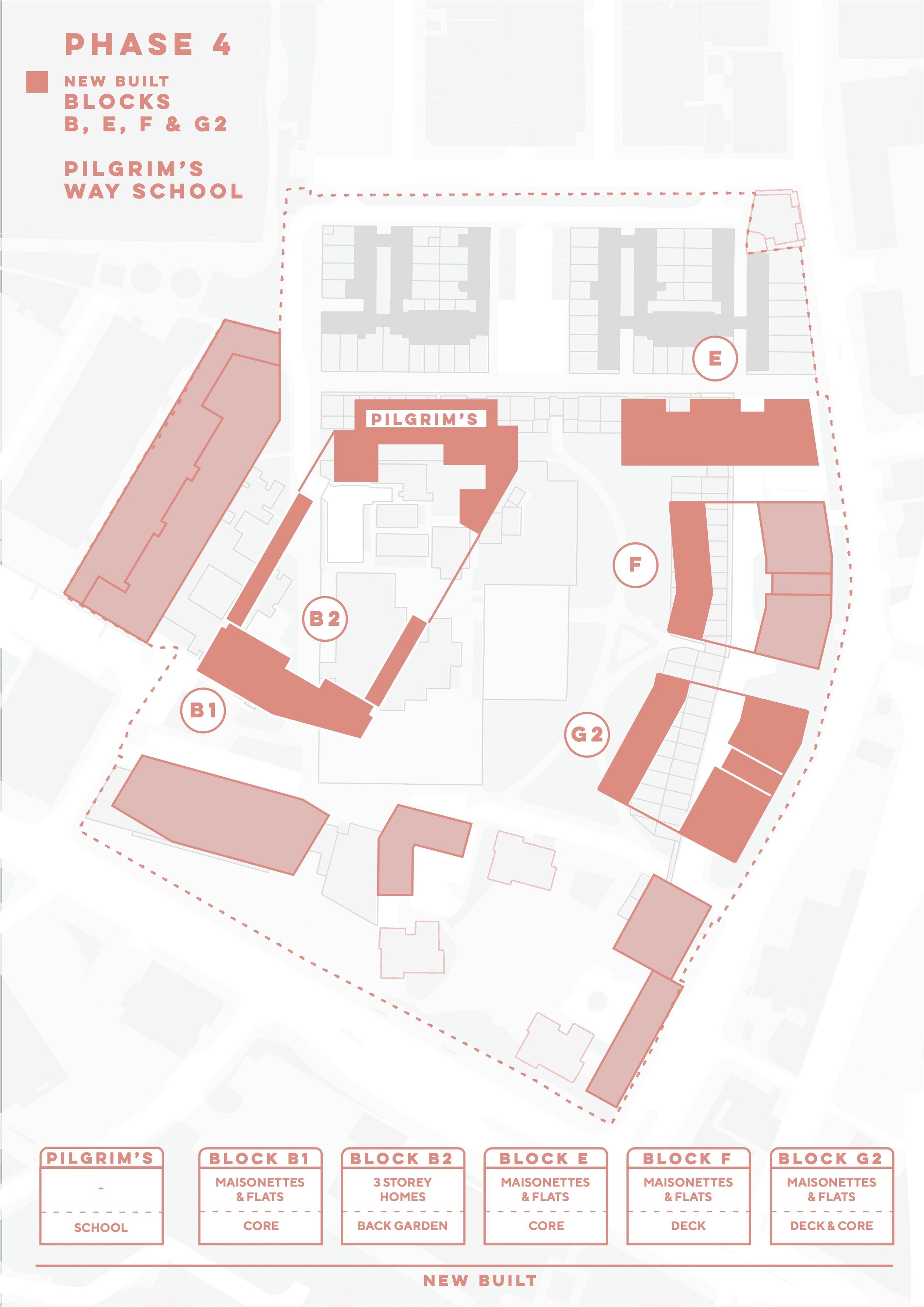

#2
Building Momentum
A key challenge with engagement is reaching a representative group of people within a community. It’s important to reach a statistically significant number of people in order for individual stories to present meaningful patterns.
We developed concepts to encourage promotion of the project by residents themselves in order to improve reach and participation. Key campaign messages were presented in a simple and highly legible way, in a recognisable graphic identity.
Accessing hard-to-reach groups.
Pilgrim’s Way Primary School lies at the centre of the estate and the heart of the community.
We identified the school as a point of access for reaching out to young families, whose attendance at engagement events was lower than other groups.
To make inroads with the school community, we designed and ran a portable coffee cart to offer free takeaway hot drinks to parents on the school run throughout winter.
Early mornings on the cart allowed us to promote the engagement hub that was walking distance from the school and increase participation with this particular group of residents.
#3
Listening to Stories
Our role as facilitators is to go beyond the surface and provoke insightful conversation that can lead to insight around the aspirations, concerns, hopes and needs of the people our designs are going to serve. We use proven tools and techniques to spark consistently great conversations around design.
Before asking residents to feedback on masterplan proposals for such a complex site, we split the project into a series of themes, which were consulted on weekly. We created simple posters to take residents step-by-step through ideas, and to help frame discussions.
A combination of quantitive data, such as ‘live polling’ and qualitative data with open questions encouraged debate and brought us a range of insights. Each week, posters were documented and uploaded to a project website to ensure residents unable to attend could review the ideas that had been tabled.
#4
Designing for Communication
We emphasise clear communication in all of our work, taking care to use direct, plain language over professional terms, and breaking down complex information into bite-sized pieces that can be easily digested. This care to ensure everyone can access and understand information put forward is vital in order to empower people to make decisions that are in their best interests.
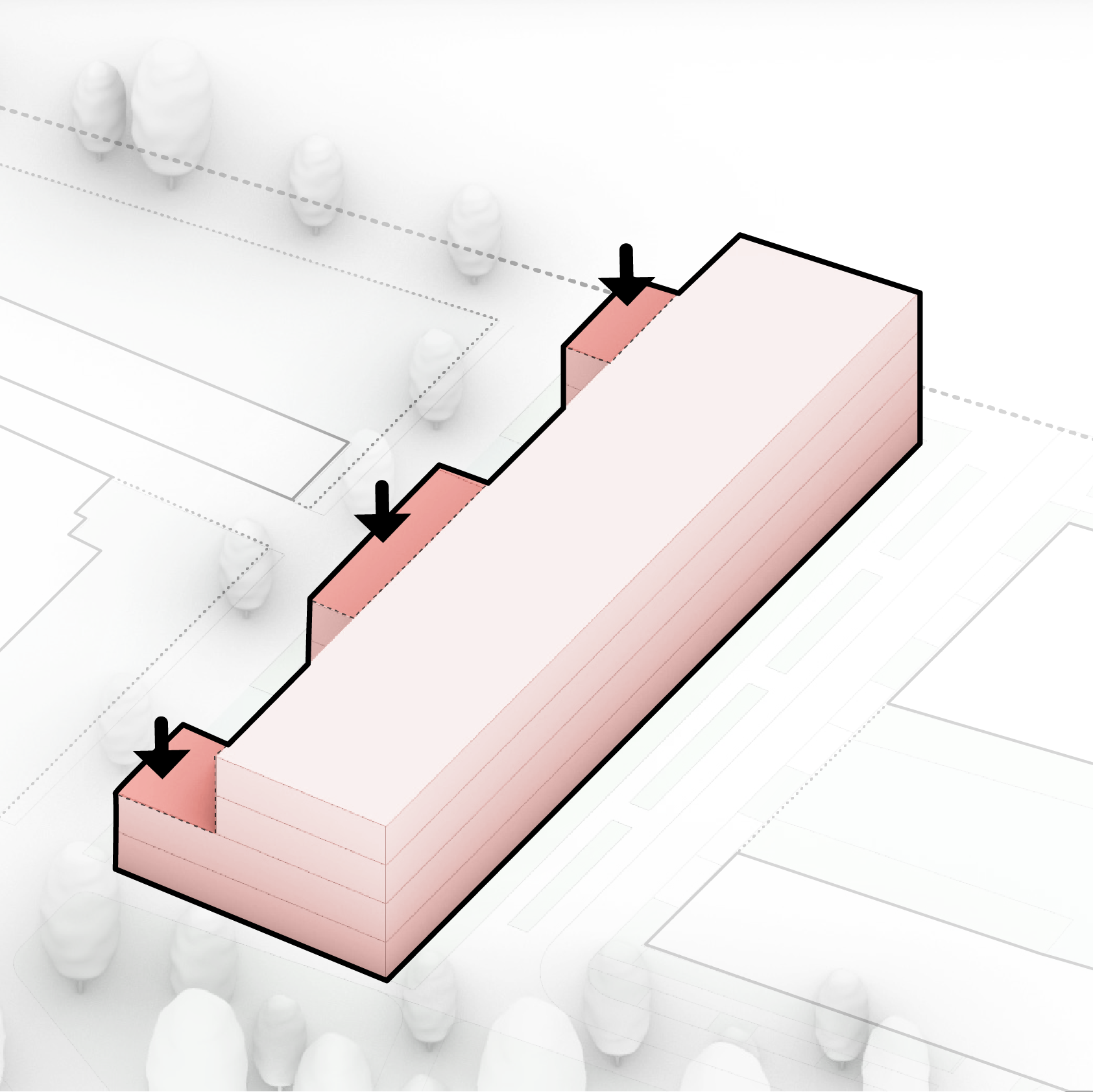

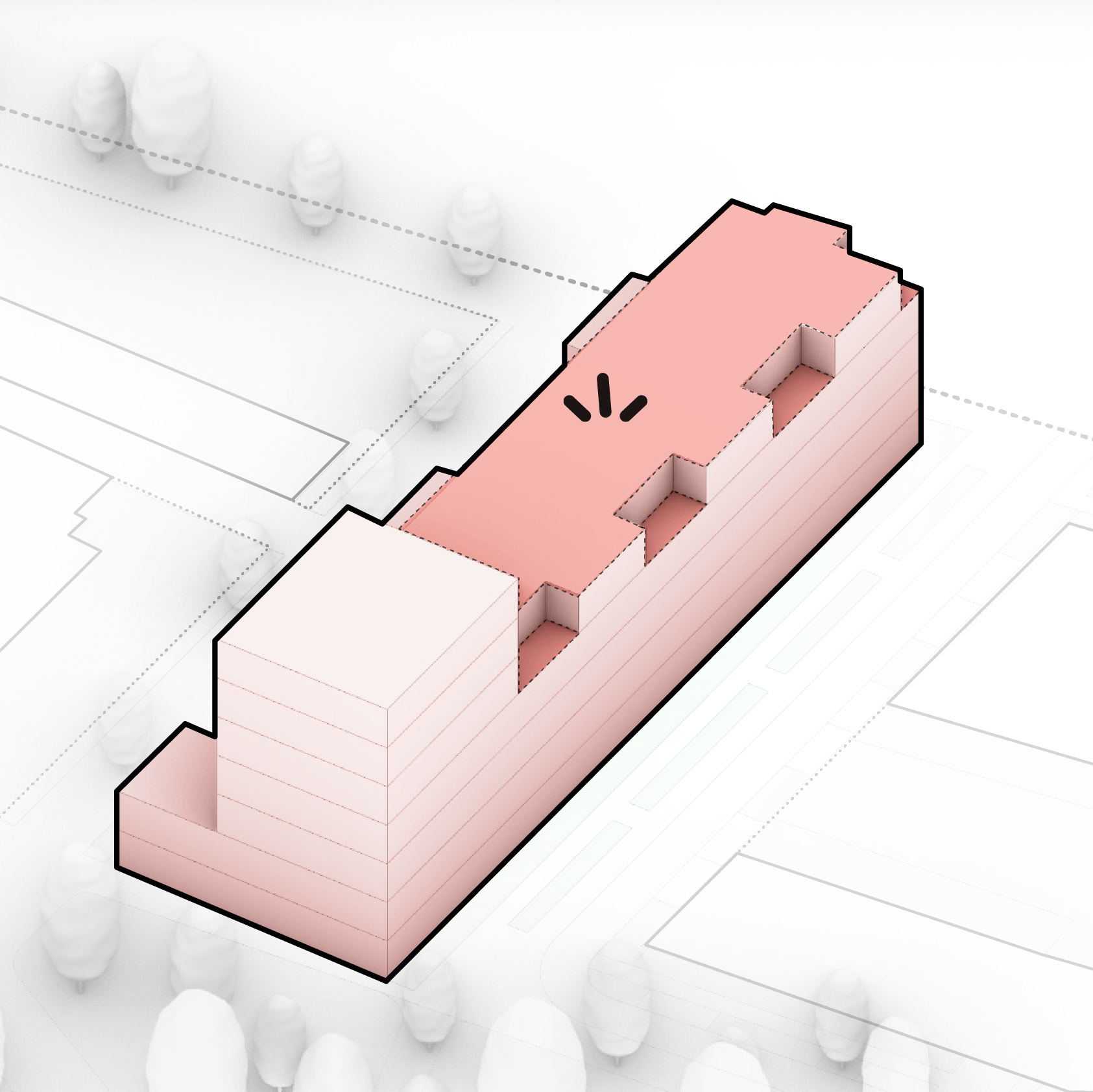
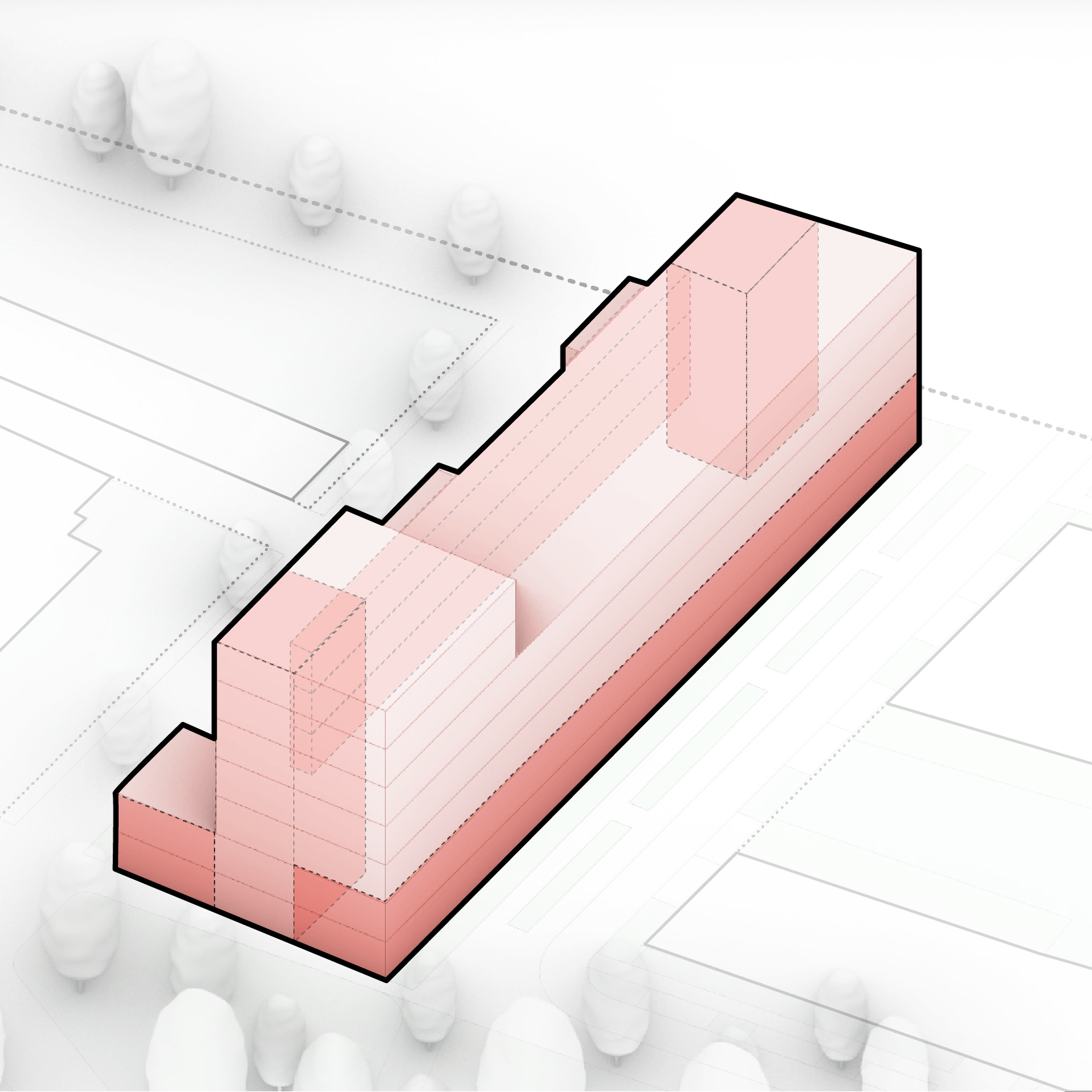

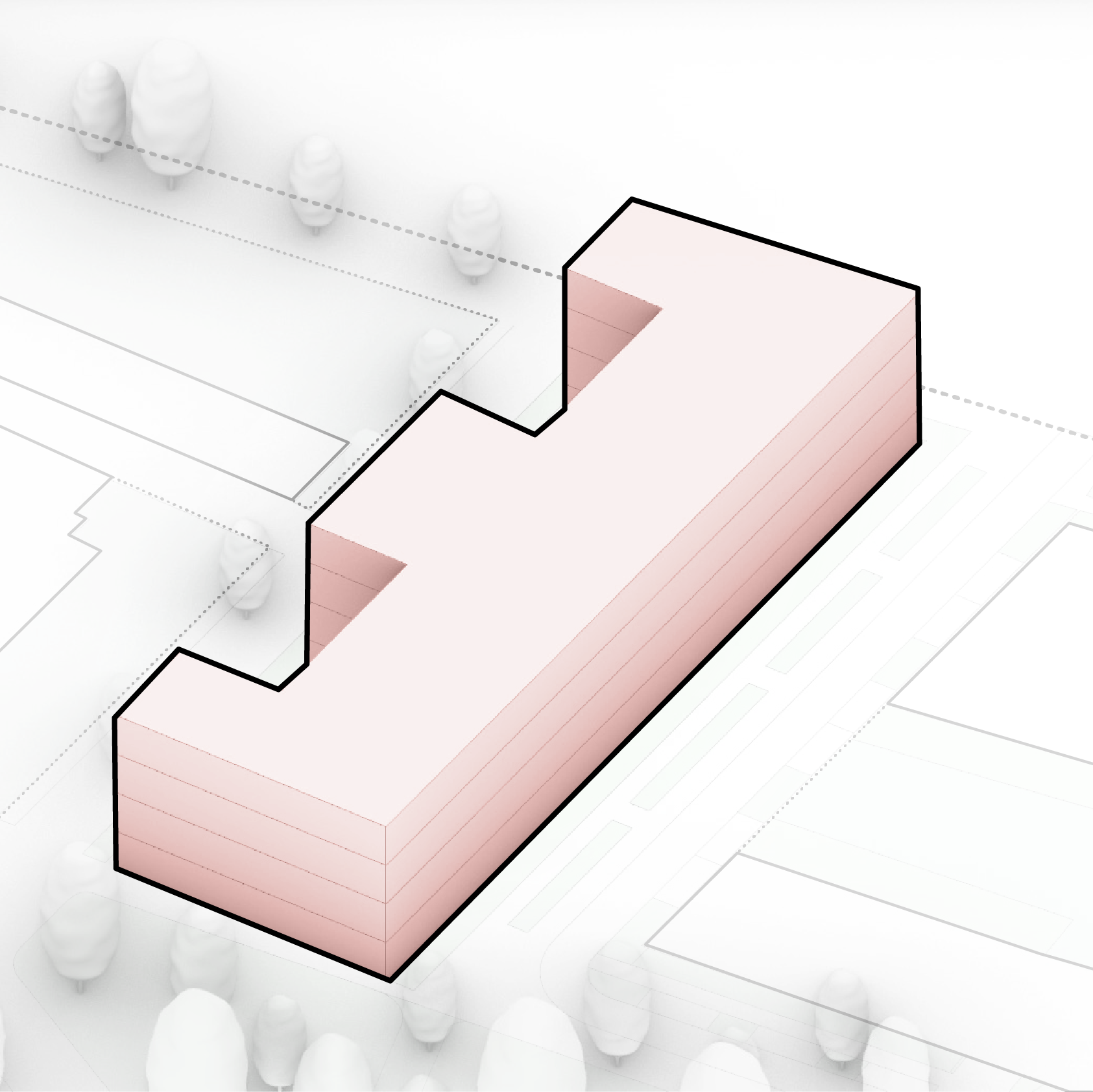




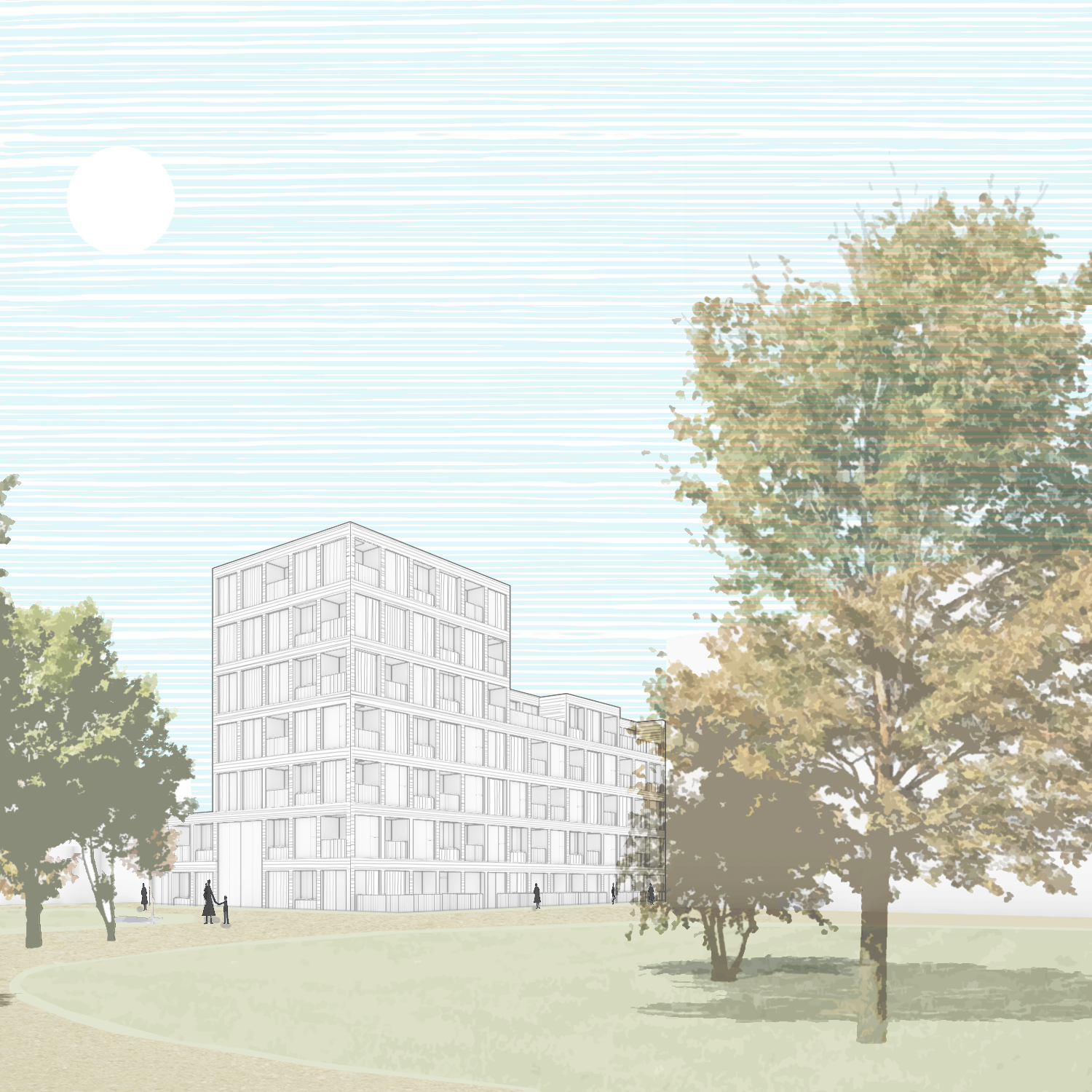

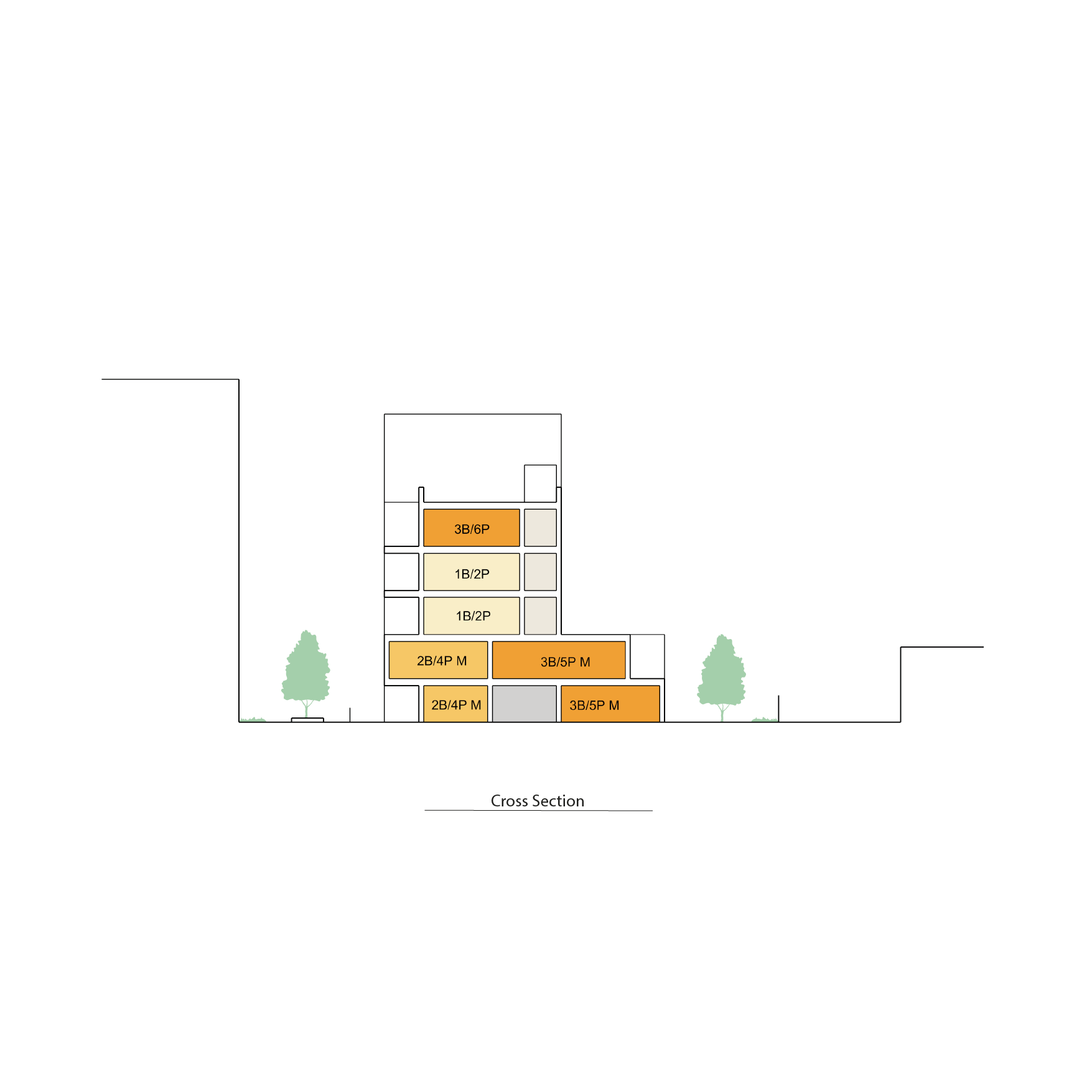



Collaboration
To tackle such a complex site and a brief at this scale, we formed Common Grounds, a design partnership of several local practices that brought a diverse range of perspectives and experience. Kennedy Woods worked alongside the following three collaborators:
Resolve are a Brixton-based art and design collective that champion co-production, and working with young adults and under-represented groups.
DSDHA led the bid and masterplanning, bringing extensive experience from macro-scaled urban strategies and public realm design.
Hayhurst & Co are architects with a portfolio in both housing and education, who brought experience from similar regeneration schemes.



















